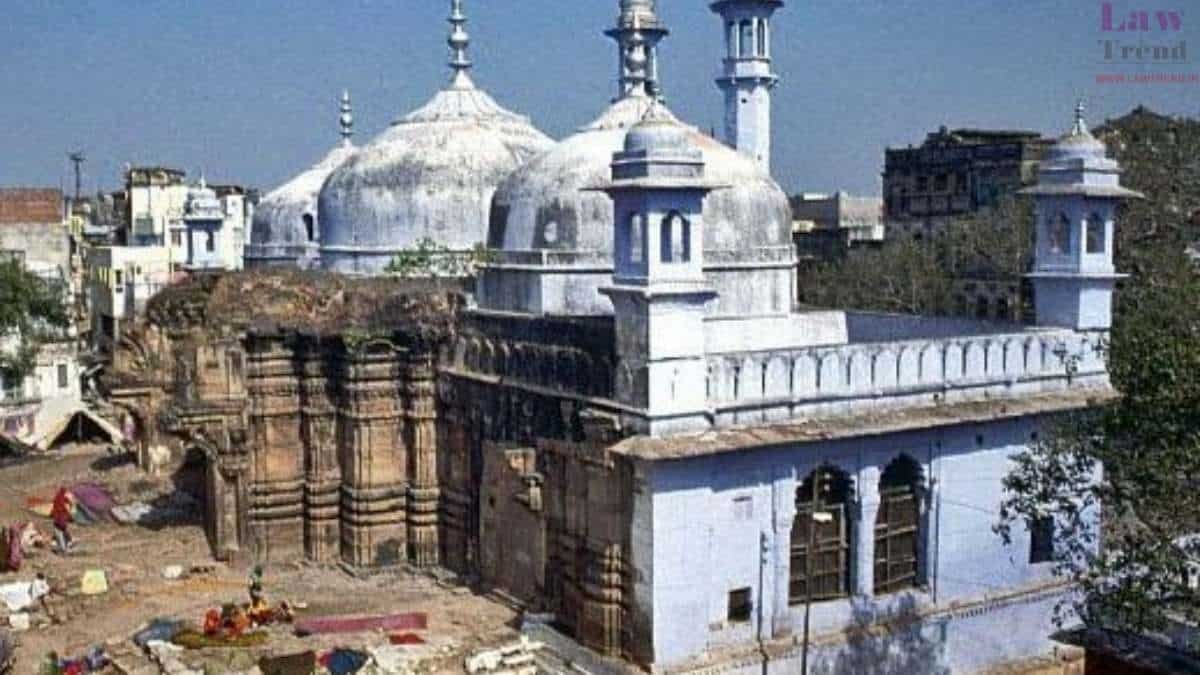In a groundbreaking revelation, the Archaeological Survey of India (ASI) has unveiled a comprehensive report on the Gyanvapi Masjid in Varanasi, asserting that a significant Hindu temple existed at the site prior to the construction of the mosque. The 839-page report, submitted to the Varanasi district court and now accessible to all concerned parties, sheds light on the historical significance of the contested site.
Historical Unveiling by ASI at Gyanvapi :
Varanasi: The ASI’s scientific survey report confirms the existence of a large Hindu temple beneath the Gyanvapi Masjid, with parts of the temple incorporated into the mosque’s construction. The report, based on meticulous observations, architectural studies, inscriptions, and artifacts, asserts that a pre-existing Hindu temple laid the foundation for the 17th-century mosque.
"Broken Shiva linga, terracotta objects depicting deities recovered in Gyanvapi mosque survey": ASI report
— ANI Digital (@ani_digital) January 26, 2024
Read @ANI Story | https://t.co/WNg4Jt9PZw#GyanvapiMosque #ASI #Varanasi pic.twitter.com/Wu1k9IbsKl
Architectural Insights of Gyanvapi :
The report details the reuse of pillars and pilasters from the pre-existing temple in the construction of the mosque. Vyala figures and inscriptions in Devanagari, Grantha, Telugu, and Kannada scripts, found on the reused stones, further support the claim that the earlier structures were repurposed during the mosque’s construction.
ASI ने ज्ञानवापी सर्वे की 839 पन्ने की रिपोर्ट सार्वजनिक की। इस बिल्डिंग से जो स्तंभ मिले, वो हिन्दू मंदिर के हैं। पश्चिमी दीवार भी मंदिर का हिस्सा है।#Gyanvapi #GyanvapiMosque #GyanvapiMasjid #Hindumandir #Report #coty #No_Grand_Mosque_At_Ayodhya pic.twitter.com/CceTzM6aaL
— PrashantPathak🚩 (@PrashantHindu52) January 25, 2024
Aurangzeb's Reign and Destruction:
The ASI report suggests that the pre-existing structure, believed to be a Hindu temple, faced destruction during the reign of Mughal Emperor Aurangzeb in the 17th century. Historical records indicate Aurangzeb’s orders to demolish temples, aligning with the findings of the ASI’s survey.
Sculptural Discoveries by ASI at Gyanvapi Mosque:
The survey uncovered buried sculptures of Hindu deities and carved architectural elements, providing tangible evidence of the temple’s existence. Pillars from the pre-existing temple were repurposed to create cellars, emphasizing the historical and architectural continuity.
Legal Implications and Public Disclosures:
The ASI report has significant legal implications, influencing the ongoing court cases related to the Gyanvapi Masjid. The Varanasi district court’s decision to make the report public emphasizes transparency and grants access to all petitioners, ensuring a fair evaluation of the findings.
While the ASI findings are hailed by some as concrete evidence supporting the Hindu claim, there are dissenting voices, such as Asaduddin Owaisi, who dismiss the report’s conclusions. The controversy surrounding the site adds a layer of complexity to the historical and religious narrative.
The survey of #Gyanvapi by the ASI will not last in front of professional archaeologists - Asaduddin Owaisi
— Sanatan Prabhat (@SanatanPrabhat) January 26, 2024
Sour grapes for the fox ! It is indeed true that had the report come in favour of Mu$|!ms, Owaisi would not have expressed the same reaction !#AIMIM #GyanvapiMandir… pic.twitter.com/icN7gT4D2b
The unveiling of the ASI’s report on the Gyanvapi Masjid opens a new chapter in the historical understanding of the site. The revelations about the existence of a Hindu temple beneath the mosque bring to light the architectural, cultural, and religious interplay that has shaped the identity of this sacred space. As the legal proceedings continue, the report serves as a pivotal document influencing the discourse around Gyan Vapi’s rich historical tapestry.







